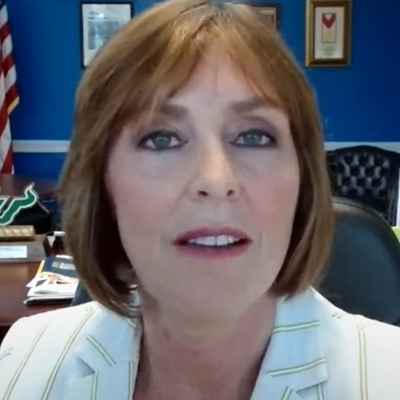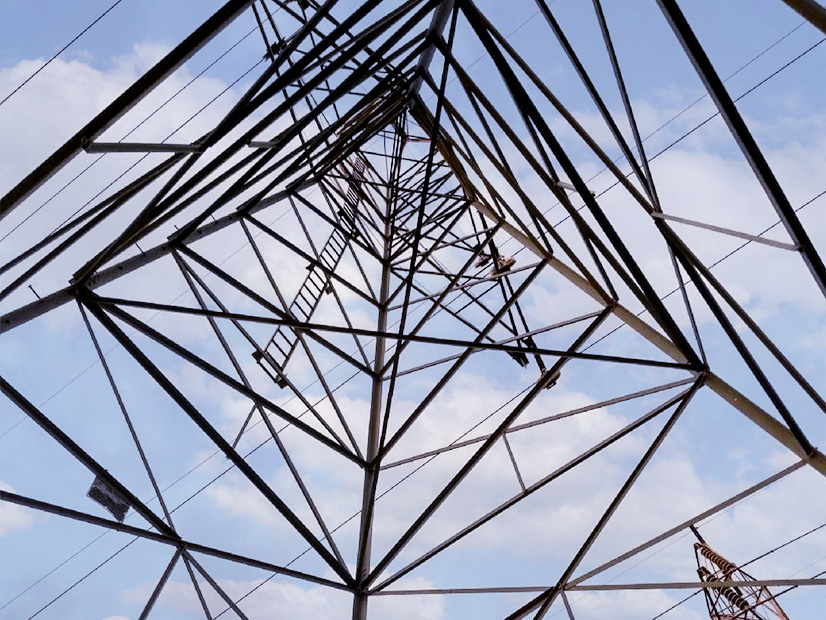A bill introduced in Congress on Tuesday would ensure that no single power generation or energy storage project seeking to interconnect to the grid would be hit with the full or a disproportionate amount of the cost of any system upgrades required.

Introduced by Rep. Kathy Castor (D-Fla.), who chairs the House Select Committee on the Climate Crisis, the Efficient Grid Interconnection Act would require FERC to issue new or revised regulations that would forbid utilities from allocating “the costs of a network upgrade to the requesting interconnection customer.” Instead, the bill states, costs would have to be “reasonably” allocated to parties that use or take electricity from the transmission system or would “otherwise benefit from a network upgrade of the transmission facility or the transmission system.”
FERC would also have to issue new or revised regulations for RTOs and ISOs to consult with interconnection customers to see if specific “grid-enhancing technologies,” such as storage or advanced power flow controls, could be used to defer more expensive and time consuming system upgrades.
The need for reform of interconnection policies and procedures has been an ongoing focus for a range of industry stakeholders, made more urgent by power outages caused by the growing number of extreme weather events that will continue to strain transmission lines across the country.
According to a recent analysis from the Lawrence Berkeley National Laboratory, at the end of 2020, 755 GW of generation and 200 GW of energy storage were sitting in interconnection queues across the U.S. Renewable energy accounted for most of the queued generation — 680 GW — and the report says only 19% of the wind projects and 16% of the solar projects reach commercial operation.
Announcing the bill on Tuesday, Castor issued a statement framing the proposed legislation as a way to “save families money on their utility bills, create jobs in communities across America, reduce pollution and improve public health across the board. … By making our grid more efficient, we’ll also put money back in the pockets of working families, as we eliminate the barriers that stand between them and cheap, renewable energy.”
The bill is being co-sponsored by five other Democratic representatives: Rep. Julia Brownley (D-Calif.), Rep. Sean Casten (D-Ill.), Rep. Jared Huffman (D-Calif.), Rep. Scott Peters (D-Calif.) and Rep. Jan Schakowsky (D-Ill.).
A Crowded Highway
Under current policies, once a transmission or distribution line has reached capacity, the last project to interconnect, or the next one in the queue, may be saddled with the cost of system upgrades, in some cases costing millions of dollars and making the project economically unfeasible.
“Today’s grid interconnection policies are largely analogous to requiring the next car entering a crowded highway to pay the entire bill for a needed lane expansion,” said Gregory Wetstone, CEO of the American Council on Renewable Energy, one of several clean energy organizations supporting the bill. “It doesn’t make sense, and it has kept hundreds of thousands of megawatts of wind, solar and energy storage resources stuck in interconnection queues,” he said in a statement released Tuesday.
Kyle Davis, head of public policy and institutional affairs for renewable energy developer Enel North America, said the bill would provide an appropriate balance for cost allocation. “It does not say that generators should pay nothing,” he said in another statement of support for the bill. “Instead, it directs FERC to figure out the right way to fairly split the costs between generators and transmission owners or load … based on level of impact the new generator imparts on the transmission system.”
By deferring costly upgrades, grid-enhancing technologies could double the volume of renewables coming online by 2025, according to a recent study by the WATT Coalition. (See Report: US Needs Grid-enhancing Technologies Now.) The study focused on backed-up interconnection queues in Kansas and Oklahoma, reflecting the bipartisan scope of the problem.
Synchronized Planning Processes
Whether that appeal will translate to bipartisan support in Congress remains to be seen. Castor’s 13-page bill is modest and focused — trimming off a sliver of President Biden’s embattled $2 trillion infrastructure plan. On Thursday, the Senate Energy and Natural Resources Committee will be discussing a larger chunk — a 423-page draft of a bill called the Energy Infrastructure Act. The draft encompasses not only transmission infrastructure, but supply chains for clean technology, infrastructure for hydrogen and nuclear energy, and energy efficiency and building infrastructure.
Specific provisions on transmission would:
- authorize the Department of Energy to fund a range of research and projects aimed at improving grid reliability and preventing “resilience events” such as power outages caused by wildfires;
- require FERC to open a docket on “the effectiveness of existing planning processes for identifying interregional transmission projects that provide economic, reliability, operational, public policy and environmental benefits (including reductions in carbon emissions), taking into consideration the public interest, the integrity of markets and the protection of consumers;” and
- promote streamlined permitting for projects with “interregional benefits” through the “synchronization of planning processes in neighboring regions, such as using a joint model on a consistent timeline with a single set of needs, input assumptions and benefit metrics.”




